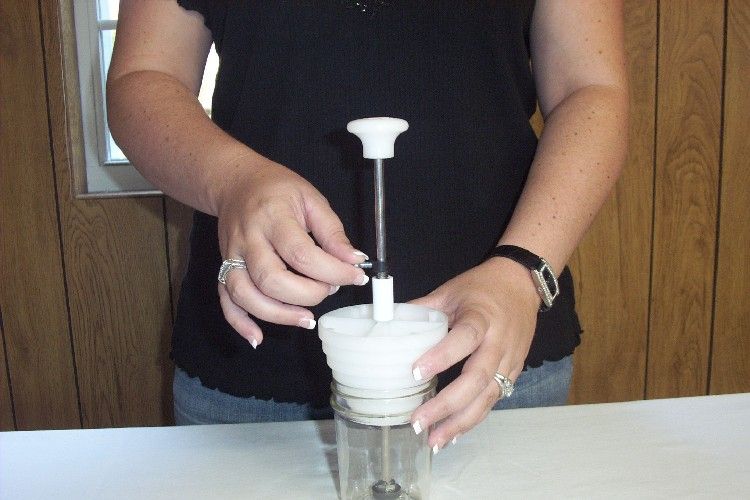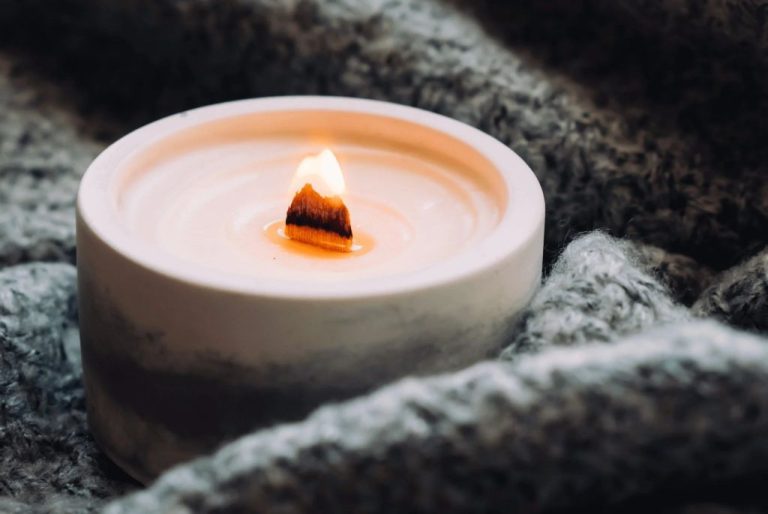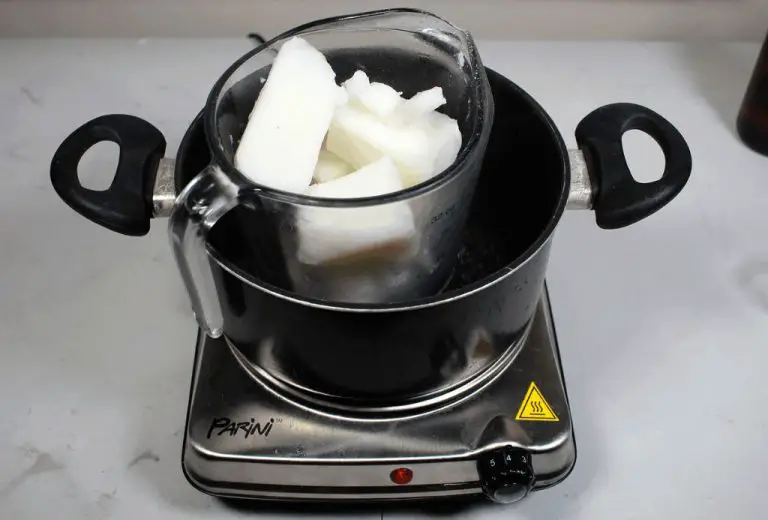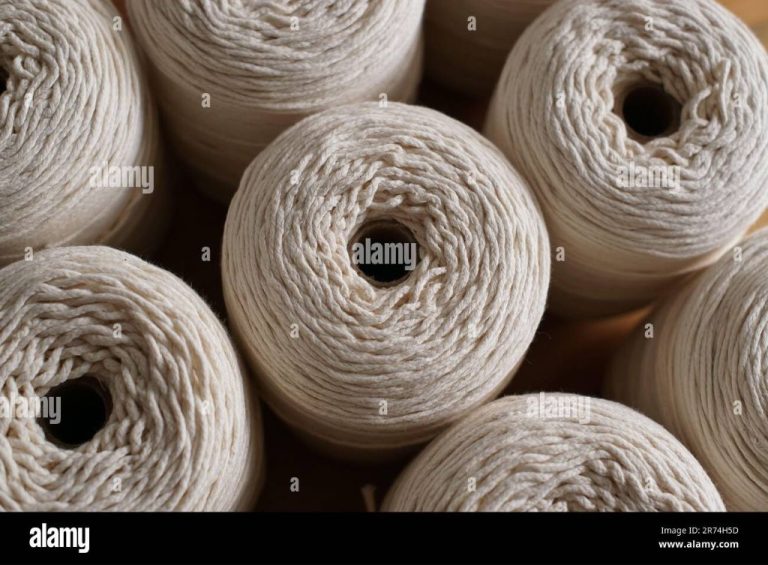Are Fragrance Oils Good For Candle Making?
Fragrance oils are blended synthetic aroma compounds that are used to add scent to products like candles, soaps, and lotions. When used in candle making, fragrance oils allow the candle maker to infuse specific scents into the wax that will be released when the candle is burned. Fragrance oils are an essential component for creating great-smelling candles.
This article will provide an overview of using fragrance oils for candle making. We will look at the different types of fragrance oils available, the benefits they provide, factors to consider when selecting a fragrance oil, proper usage rates and measurements, how to add fragrance oils to wax, safety precautions, storage recommendations, and troubleshooting for common issues.
The goal is to equip the reader with enough knowledge to understand how to choose an appropriate fragrance oil and use it effectively when making candles. With the right information, fragrance oils can be an easy and enjoyable part of the candle making process.
Types of Fragrance Oils
There are several main types of fragrance oils used in candle making:
Natural Fragrance Oils
Natural fragrance oils are extracted from plants, flowers, fruits, spices, and other natural sources through methods like distillation, solvent extraction, absolute oil extraction, and cold pressing [1]. They contain complex combinations of hundreds of different aroma compounds. Some examples of natural fragrance oils include lavender, lemon, rose, and vanilla.
Synthetic Fragrance Oils
Synthetic fragrance oils are formulated in a lab rather than extracted from natural materials. They usually contain individual aroma chemicals or simple blends. While they don’t contain the complexity of natural oils, synthetics allow candle makers to create consistent, cost-effective fragrances. Examples include fruity, floral, and musk synthetic fragrance oils.
Essential Oils
Essential oils are concentrated extracts distilled from plants that capture the plant’s aroma and flavor. They are popular in candles because they provide strong, authentic scents from natural sources. However, essential oils can be expensive and may not always have the scent throw candle makers want. Common examples used in candles are peppermint, eucalyptus, and tea tree essential oils.
Carrier Oils
Carrier oils like coconut, sweet almond, and palm oil have little scent of their own but are used to dilute and carry essential oils and fragrance oils. They help distribute the oils evenly in candle wax. Carrier oils also influence how well fragrances burn in candles.
Benefits of Using Fragrance Oils
There are several key benefits to using fragrance oils in candle making rather than essential oils or leaving candles unscented:
Provide desired scents – Fragrance oils allow candle makers to achieve virtually any scent imaginable from fruity and floral to musky and earthy. This allows for creativity and customization in candle scents.
Mask unappealing wax odors – Some waxes like paraffin can have an unpleasant odor when burned. Fragrance oils help mask these scents to provide a pleasant aroma when the candle is lit.
Influence mood and promote wellbeing – Scent can have a powerful effect on mood, emotions, and mental state. Specific fragrance oils like lavender or eucalyptus can help promote relaxation and stress relief (https://houseoftwotrees.com/blogs/info/fragrance-oils-vs-essential-oils).
Fragrance oils contain synthetic aroma compounds that are formulated to be safe and provide consistent, lasting fragrance in candles. This makes them ideal for achieving the desired scent profile and aroma experience.
Considerations When Selecting
When choosing a fragrance oil for candles, there are a few key factors to consider:

Intensity – Pick an oil with an intensity level that matches the size of your candle. Oils with lower intensities, around 3-4%, work best for smaller candles while more intense oils around 6-8% are better for larger candles.
Scent Throw – Test oils for hot and cold throw before using them. Cold throw refers to the scent when the candle is unlit while hot throw is how well the scent spreads when burned. Oils with poor throw will have weak scents.
Mixing and Blending – You can blend multiple fragrance oils together to create custom scents. When mixing, start with lower percentages and test stability. Some oils may seize or separate when blended.
Testing for Performance – Always test a small batch before making a large candle. Check that the oil fully incorporates into the wax and assesses scent throw. Testing can reveal issues with seizing or performance.
Usage Rate and Measurements
The typical usage rate for fragrance oils in candle making is 5-10% of the total weight of the wax. This ensures adequate scent throw without the fragrance oil interfering with the candle’s burn properties. According to ScandinavianCandle, using too much fragrance oil can lead to issues like soot development.
To accurately measure fragrance oils, it’s best to use a digital scale. Weigh out the amount of wax you’ll be using, then calculate 5-10% of that weight for your fragrance oil. For example, if you have 16 oz of wax, use 0.8-1.6 oz of fragrance oil. Volume measurements like teaspoons are less precise than weighing on a scale.
Some candle makers recommend 1 oz of fragrance oil per 1 lb of wax as a starting point. Adjust up or down from there based on your preference and how it affects burn. Keep detailed notes so you can replicate successful blends.
Adding Fragrance Oils to Wax
Properly adding fragrance oils to wax is crucial for evenly dispersing the scent and achieving optimal hot and cold throw. When adding oils, first heat the wax to the recommended temperatures (generally 180-200°F for soy). Next, stir the wax continuously as you slowly pour in the measured amount of fragrance. Stirring helps prevent the oils from sinking to the bottom or floating on top. Continue stirring for 2-3 minutes until the fragrance is thoroughly blended throughout the wax. Avoid stirring too vigorously or for too long, as this can reduce scent throw. The key is gently mixing at an ideal temperature for just the right amount of time to evenly incorporate the fragrance into your wax.
Source: https://lonestarcandlesupply.com/dos-and-donts-of-candle-making/
Safety Precautions
When working with fragrance oils, it’s important to take safety precautions. Here are some key tips:
Avoid skin contact. Fragrance oils can irritate skin for some people, so wear gloves when handling and wash hands after use. Prolonged skin contact may cause an allergic reaction in sensitive individuals [1].
Use fragrance oils with proper ventilation. The vapors from fragrance oils should not be directly inhaled. Make sure to work in a well-ventilated area. Inhaling high concentrations can cause headaches, dizziness or nausea [2].
Read IFRA statements. The International Fragrance Association provides guidance on safe usage levels for fragrance oils. Follow the recommended maximum usage rates and other precautions provided in IFRA statements. Overuse can increase risk of irritation.
With some simple precautions, fragrance oils can be safely used in candle making. But be sure to avoid prolonged skin contact, provide ventilation, and adhere to IFRA statements.
Storing Fragrance Oils
Proper storage of fragrance oils is important to maintain their quality and scent integrity over time. The ideal storage conditions are a cool, dry area away from light in airtight containers. According to Fragrance Oil and Flavor Oil Storage Tips and Guidelines, fragrance oils should be stored in a cool place between 55-75°F. Temperatures higher than this can cause the fragrance oils to deteriorate faster. Direct sunlight and other sources of light can also damage fragrance oils over time. For these reasons, a dark cupboard or drawer away from heat sources is recommended.
Using airtight containers is also critical to prevent fragrance oils from evaporating and losing their scent strength. Good options are amber or blue glass bottles with tight-fitting lids. Avoid clear glass containers which let in light. Only fill containers partway to limit air exposure. Check lids regularly to ensure they are sealed properly. With proper storage methods, most fragrance oils can last 1-2 years before scent deterioration. Following these precautions will help maximize the lifespan of fragrance oils.
Troubleshooting Issues
Common issues that can arise when using fragrance oils in candle making include the scent fading quickly, the fragrance oil not properly blending with the wax, residue left on the glass or pooled wax, and sweating on the exterior of the container. Here are some potential causes and solutions for these problems:
If the scent fades prematurely, you may have used too little fragrance oil for the volume of wax. Generally 1 oz of fragrance per 1 lb of wax is recommended, but the usage rate can vary. Test different percentages to find the right balance for each fragrance (CandleScience).
Oil rings or pockets forming in the wax indicate the fragrance did not fully blend. Stirring the wax longer while adding the oil can help. Using a double boiler to gently heat the wax before adding the fragrance improves incorporation as well (The Flaming Candle).
A greasy film forming on the glass or pooled wax is caused by too much fragrance oil. Reduce the amount of fragrance to prevent leaching. Wicking up properly will also minimize residue (CandleScience).
Sweating occurs when fragrance oil seeps through the wax to the surface. Using less fragrance and cooling candles slowly helps prevent sweating issues (The Flaming Candle).
Summary
In summary, fragrance oils offer many benefits for candle making. They allow you to create candles in almost any scent imaginable. When selecting a fragrance oil, be sure to choose one intended for candle making, and test it at the proper wax temperature and rate to ensure optimal hot and cold throw. Store fragrance oils properly to maintain their integrity. Measure carefully, as too much fragrance can negatively impact burn and scent throw. Add oils after the wax has cooled slightly below its melting point. Always take safety precautions and work in a well-ventilated area since fragrance oils are flammable. With some care and testing, fragrance oils let you customize candle scents in amazing ways. Follow best practices, and you can create candles with beautiful, long-lasting, true-to-scent fragrances.






